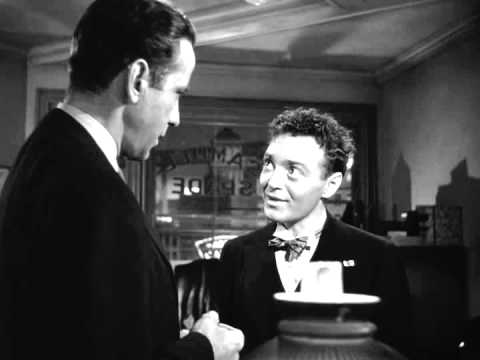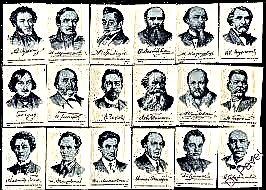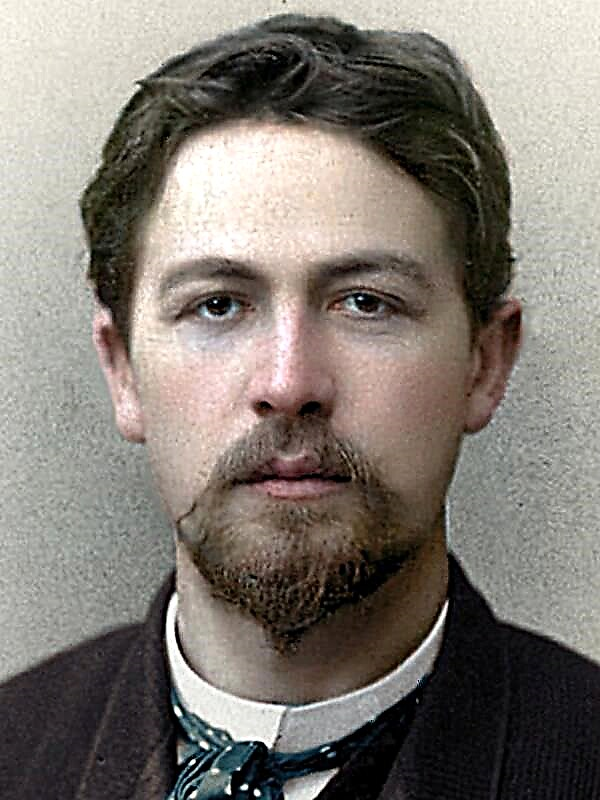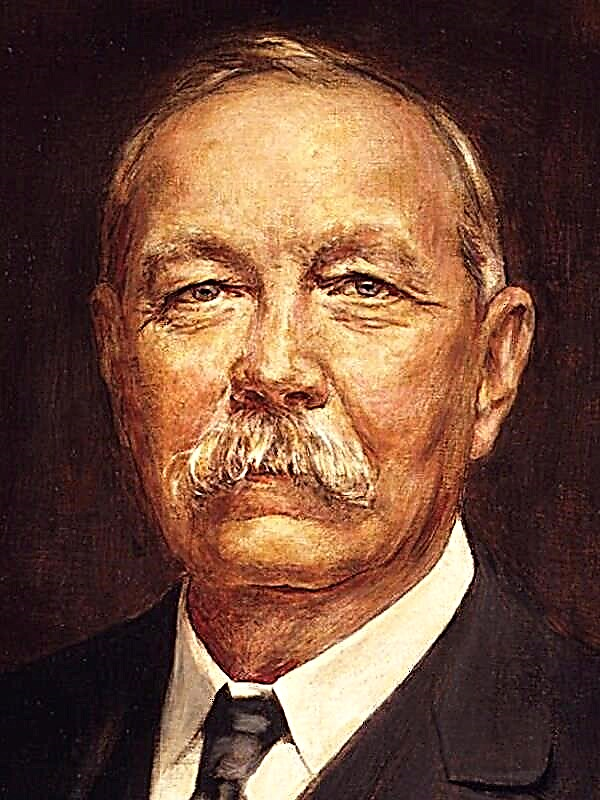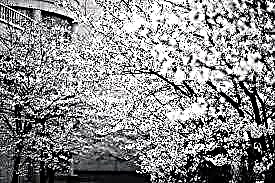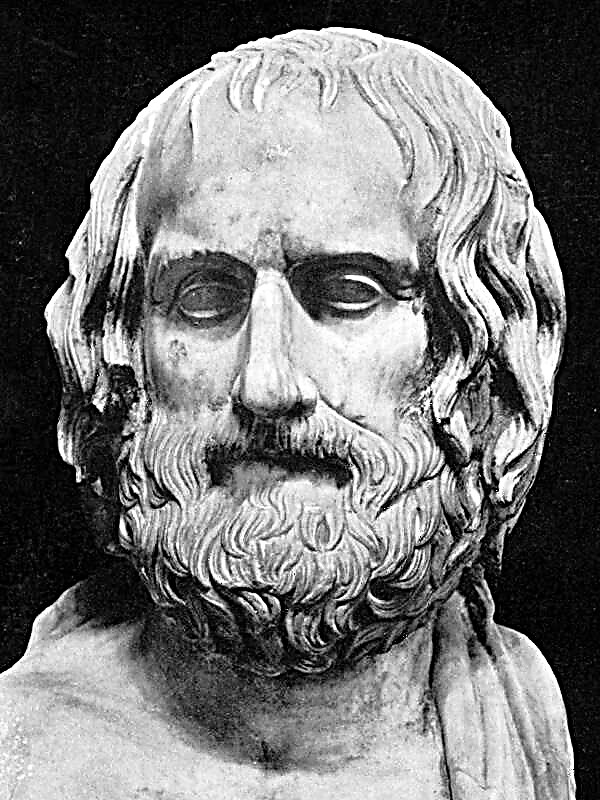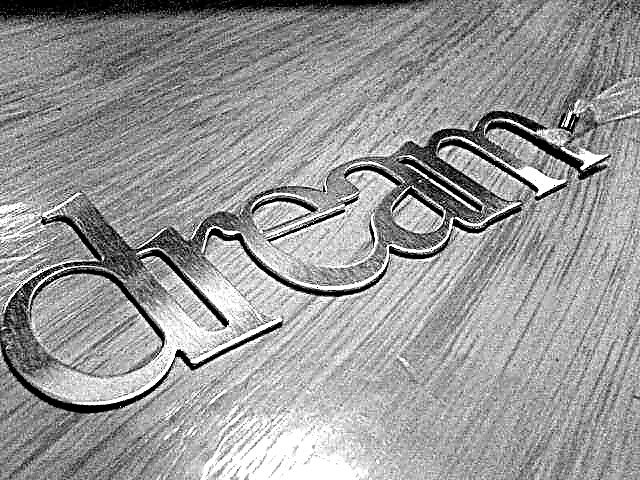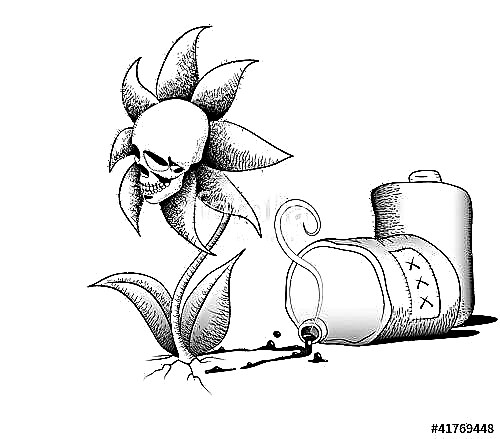The works of Alexander Blok occupied a special place in the culture of Russia of the 18th century. But he gained great popularity after the poem "Night", written in 1912. Despite the fact that the poem is quite capacious in structure, the author put a deep meaning into it. This work has become very significant for the Block.
Thanks to him, Blok not only gained great popularity, but also, this influenced his worldview as a whole. In his creative life, a new stage began, when he began to think about simpler things, renouncing the symbolism so familiar to him. After the tragic death of the death of the father and son of the poet in 1909, Blok began to think about the philosophical meaning of life, believing that symbolism is not reality and has no specifics.
History of creation
In 1905, Blok began the cycle “Terrible World”, in his opinion, a terrible world is a world that destroys a person, a world of hopelessness and suffering. Despite the fact that the poem was written in 1912, it was included in the cycle “Terrible World”, because it is in him that the fear that Blok had in mind is felt.
The history of writing this poem is rather sad and pessimistic. The words “night, street and lantern” mentioned in the poem came to the author when he walked through the streets of St. Petersburg. He loved to walk past the Bolshoi Krestovsky Bridge, from which people were dumped into the river, hoping to find peace and get rid of problems and torment. However, the drowned were “revived” with the help of medicines from the nearest pharmacy. Hence the meaning of the whole work.
Genre, direction, size
By genre, this poem is philosophical lyrics, in it the hero thinks about the meaning of life. He sees life as a kind of enclosed space from which there is no way out. The images of objects in this work create the so-called ring composition: the first and last lines are repeated. The thoughts of the lyrical hero are filled with darkness, and in his tone one can feel doom and mental fatigue.
The size of the work is written by four-foot iambic. The author used a cross-rhyme in it, in the same way, both female and male rhymes are present in the poem.
Images and Symbols
The lantern, pharmacy, night and street are the symbols of this work. With these words, the author begins the poem, and ends with them, thereby forming the aforementioned ring composition. This composition shows that life is cyclical from beginning to end. According to the author, even rebirth will not become a new “beginning”, specifying it with the phrase “You die, you will start over again”.
In Blok’s poem, the lantern does not appear in the image of light, which will indicate the path to the salvation of the protagonist, but rather, the author called this light “dim”, thereby speaking about the end of life. “The icy ripples of the canal” is the very river from which many people committed suicide. The author himself has repeatedly witnessed such incidents, and this is what he devoted the line to.
Themes and Issues
The theme of this work was the author’s reflections on why people come to this world. But the poet never found the answer to his question. He understood that life is a repeating cycle, hence the cyclical nature of the poem.
Also, the author mentions a very serious problem - suicide, saying that people commit suicide trying to get rid of the “terrible world”. The life of people, according to the author, is devoid of colors and all meaning.
Main idea
The main idea of this work is considered the essence of man, as an object of a hopeless combination of circumstances of time. According to the idea of the Block, there is no sense in committing suicide, everything will return, and will be as before.
The poem is divided into two parts, the first tells of life, the second of death. But the hero’s mood was such that he did not see a fundamental difference between these two phenomena. Having died, the soul of a person is embodied in the guise of another, but before it is the same dull picture.
Means of Expression
In this work, there are many means of expression, giving the text an emotional coloring, and in some cases, transmitting a hidden message from the author.
For example, in the first line of the poem you can see the parcel and a number of homogeneous members: “Night, street, street lamp, pharmacy”.
There is also an “ice” epithet in the line “ice channel ripples”. And in the line “meaningless and dim light” we see alliteration.

